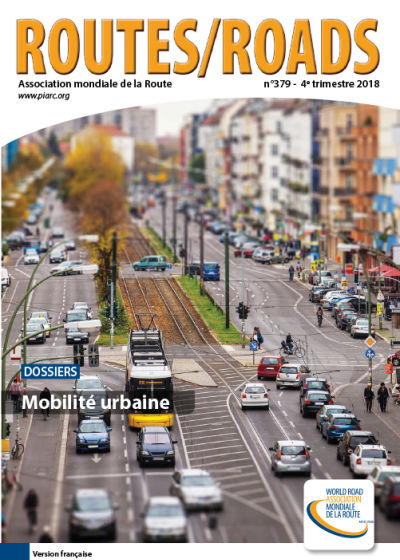Are New Mobility Services Going to Redefine the Urban Landscape?

Transport demand studies have revealed a certain trend towards a declining use of passenger cars in developed countries, especially in Europe. Several factors are contributing to this trend:
- the general trend for people to live increasingly in cities. There is a direct correlation between the percentage of the population living in conurbations and car density. In urban areas the car appears to be less necessary or indispensable, among other things owing to the configuration of the territory and the availability of alternative modes;
- in particular, the younger generations are more inclined to live and especially stay in the city when entering active life or building up a family. Now these younger generations, particularly the Z generation, are less keen on owning than on using a car;
- car use is becoming increasingly under pressure in cities, with many and varied restrictions on circulation and scarce parking spaces making the car mode less attractive;
- trip chains have become very complex; the traditional supply of transport, especially public transport, can no longer meet the demand. New transport services, including shared mobility, are developing thanks to ubiquitous internet access or pervasive computing.
-
Information sheet
- Date: 2018
- Author(s): DEBAUCHE Wanda
- Domain(s): Urban Mobility
- Type: RR379 Features
- PIARC Ref.: RR379-015
- Number of pages: 5
-
This article has been published in the Routes/Roads magazine
